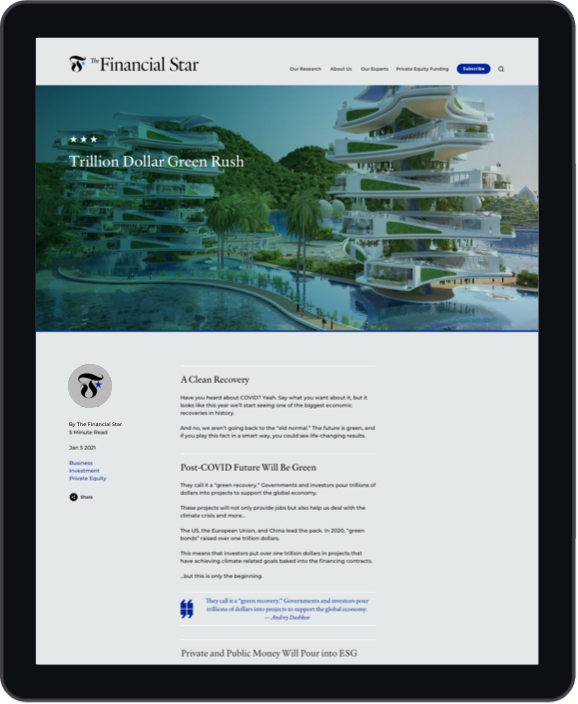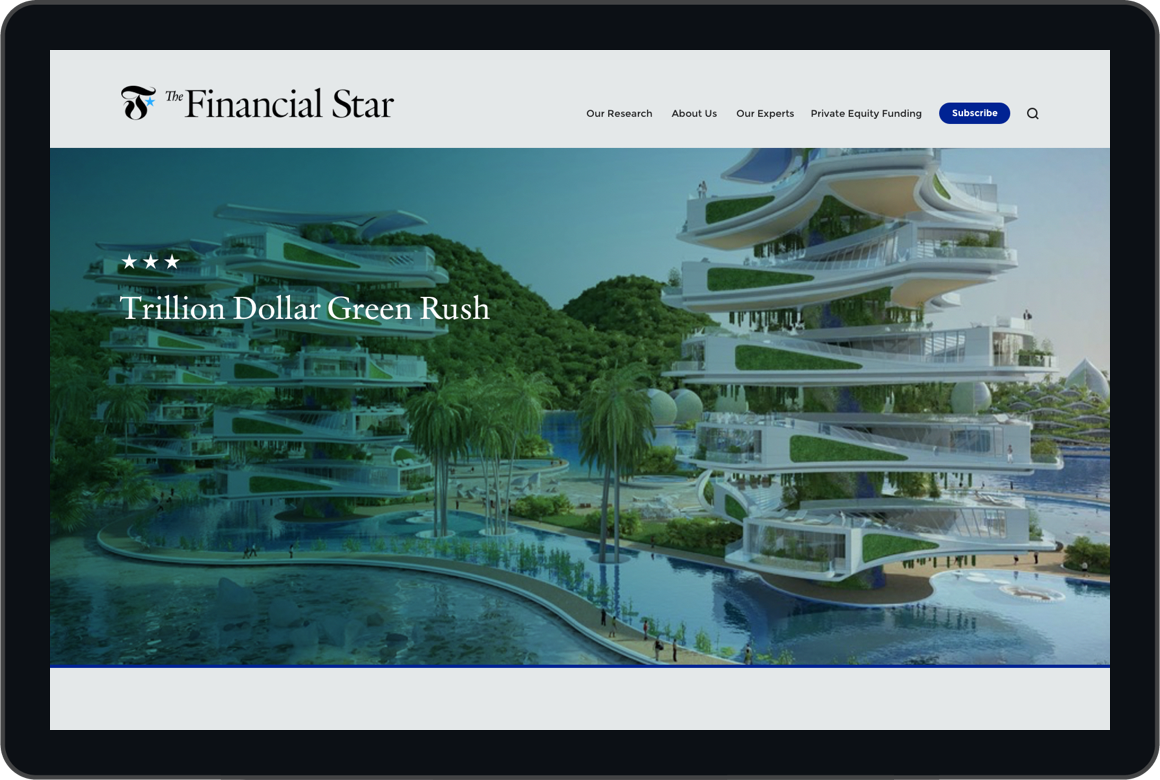According to the U.S. Bureau of Labor Statistics (BLS), we are witnessing a transition from an era of soaring prices to one of gradually cooling inflation.
The much-anticipated monthly CPI (Consumer Price Index) reading, which is considered the primary gauge of inflation, revealed in April, prices were 4.9% higher than a year ago.
While this figure is still quite high, it has been on a steady decline since its peak of 9.1% recorded in June 2022. In fact, this marks the tenth consecutive month of decreasing inflation.
In an ideal economic scenario, the Federal Reserve aims to bring inflation down to 2% and maintain it at that level. This is crucial for ensuring that the economy remains stable and grows at a predictable pace.
However, we’re not there yet.
To understand when it could happen, it’s helpful to look at what’s going on within the CPI index.
It is essential to understand which components of CPI are the primary inflation drivers.
CPI: a Look Under the Hood
The CPI measures changes in the retail prices of goods and services. The most recent report indicates a significant drop in energy prices. They are down 5.1% over the past 12 months.
Additionally, energy commodities and gasoline prices decreased by 12.6% and 12.2%, respectively. This news is particularly welcome as it coincides with the summer season when people typically travel more frequently. For them, gas will be cheaper this year.
But not only that…
Almost every product or service has an energy cost component, which is either incorporated into shipping costs, utility bills, or other expenses.
Therefore, the fact that energy prices are finally showing double-digit losses is a promising development that may lead to stabilizing prices across the board. As competition intensifies, businesses may even cut their prices to attract customers, which could trigger a price correction.
It will take some time to adjust to this new reality, and price volatility may persist for a while. However, the good news is that we are moving in the right direction, with decreasing inflation and a noticeable drop in energy prices.
This positive trend may even convince the Fed to pivot or pause its interest rate hikes.
We touched on this topic last week, and the #1 indicator we discussed was inflation.
If we see steadily low unemployment rates and the Fed can stabilize the banking sector, it may be enough for a change in the monetary policy.
But don’t expect interest rates to drop to zero again. Similar to how rapid growth in interest rates can hurt the economy, a quick drop can also cause a lot of damage by refueling inflation.
This is why we expect a steady and smooth return to the low-interest rates environment once the Fed is convinced that the economy is strong.
For now, however, inflation, labor force strength, and the containment of the banking crisis remain the main topics worth watching for investors. The first two of these indicators look positive, and the banking crisis hasn’t proven to be a systemic problem.
We’re optimistic.
Thank you for your loyal readership,
The Financial Star team













